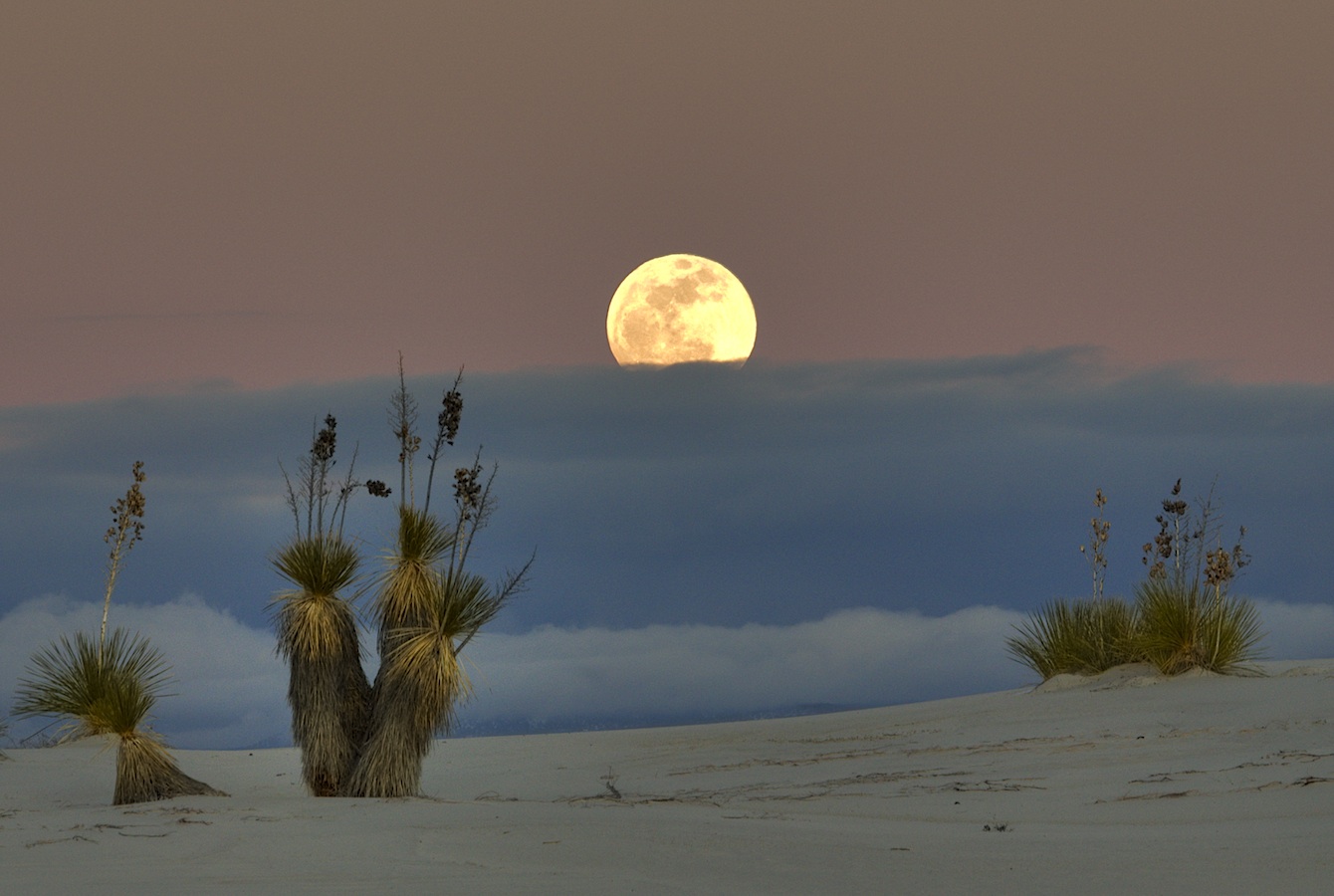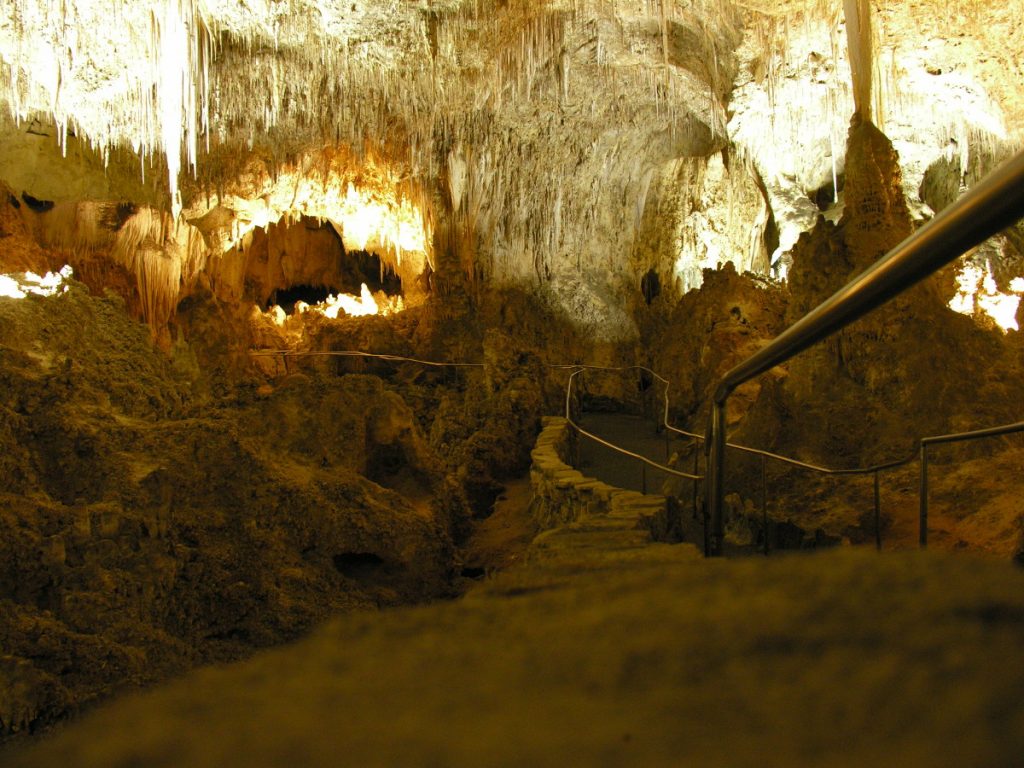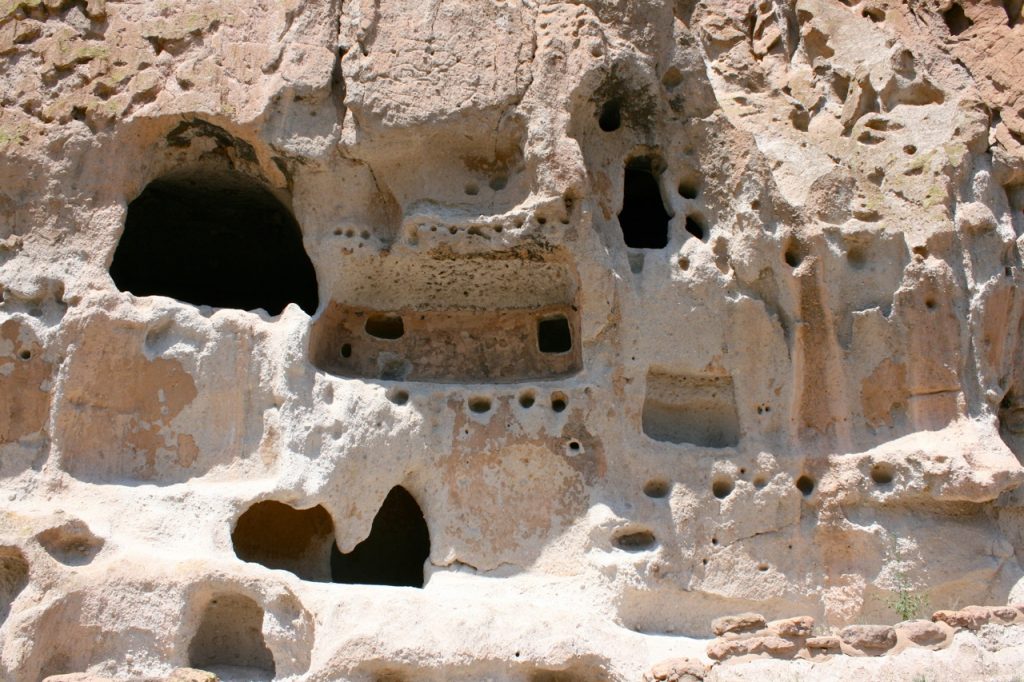Although it is best-known for sweeping deserts, New Mexico can proudly claim one of the most diverse landscapes in the world and is full of outdoor adventures. By exploring quirky museums and important historic sites, student groups will understand why this state is nicknamed “The Land of Enchantment.”
3 Destinations that will teach students about Native Americans
Aztec Museum and Pioneer Village
Walk through the history of Native American tribes, such as the Puebloans and the Navajo, and the early colonists at the Aztec Museum and Pioneer Village. Tours begin at Aztec Ruins National Monument, which preserves ancestral Puebloan structures in northwestern New Mexico. Groups are then taken to the Aztec Museum and Pioneer Village, where they can explore artifacts of early settlers as well as an old Aztec jail, a tinsmith and print shop, and a Denver & Rio Grande Railroad caboose.
WolfHorse Outfitters
Take students on an adventure through the lands of the Apache tribe with WolfHorse Outfitters, a Native American guide service specializing in horseback riding adventures into the Gila and Aldo Leopold Wilderness. Tours teach groups the plant and animal identification methods of the Apache tribe as well as seasonal foraging techniques. Tours are a day long, but can be extended to a camping trip.
Petroglyph National Monument
One of the largest petroglyph sites in North America, Petroglyph National Monument exhibits designs and symbols carved into volcanic rocks by Native Americans and Spanish settlers 400 to 700 years ago. Located west of Albuquerque, the site has several hiking trails that wind through the petroglyphs and show off the landscape. The visitors center houses exhibits that explain petroglyphs and the history behind the monument.
4 Attractions students will love to explore
The Meow Wolf Art Complex
A combination of a jungle gym, haunted house, children’s museum and immersive art museum, The Meow Wolf Art Complex in Santa Fe takes students on a journey into the diverse realms of storytelling. Exhibits are created with multimedia art and are designed for groups to touch and play with. The site offers open studio space for student groups to create their own art.
Anderson-Abruzzo International Albuquerque Balloon Museum
Albuquerque is the hot air balloon capital of the world, and the museum displays the rich history of balloons in New Mexico and the United States. Guided through the museum, groups explore how balloons are made, their historical importance and the environmental conditions that affect them. Tours offer classroom learning activities that include art projects and teamwork exercises where students can explore the science of balloons.
Far Flung Adventures
Student groups can see southwest New Mexico from the Rio Grande with Far Flung Adventures, a whitewater rafting company in Taos. One of the courses takes groups through the lower gorge of the river, with beautiful scenery and mellow rapids, and through the historic village of Pilar. Groups are led by an experienced team of New Mexico raft guides who teach students how to paddle as a team.
3 Locations for Ecotourism
Carlsbad Caverns National Park
Student groups can see rocky canyons, ancient sea ledges and Chihuahuan Desert wildlife above ground before descending into some of the 119 caves at Carlsbad Caverns National Park. Ranger-led cave explain how and when they were formed and what they’ve been used for. Students can see bats, natural rock formations and old mining excavation sites.
Bandelier National Monument
Encompassing some of the most dramatic volcanic landscapes and archaeological ruins in New Mexico, Bandelier National Monument in Los Alamos is a must-see destination. Begin the trip at the visitors center, which houses exhibits that expand on the history and ecology of the site. Groups can then go on ranger-led hikes around the monument to the top of mesas and around petroglyphs and ancient cave dwellings.
White Sands National Monument
Located in the southern part of New Mexico is the world’s largest gypsum dunefield, White Sands National Monument. Rangers lead students around the monument, educating students and showing them the site’s unique geology. If a ranger is not available, the site offers “Teacher Resource Bags” that contain binoculars, several outdoor guides and a field notebook full of discussion questions for students.
By Caroline Rabin









